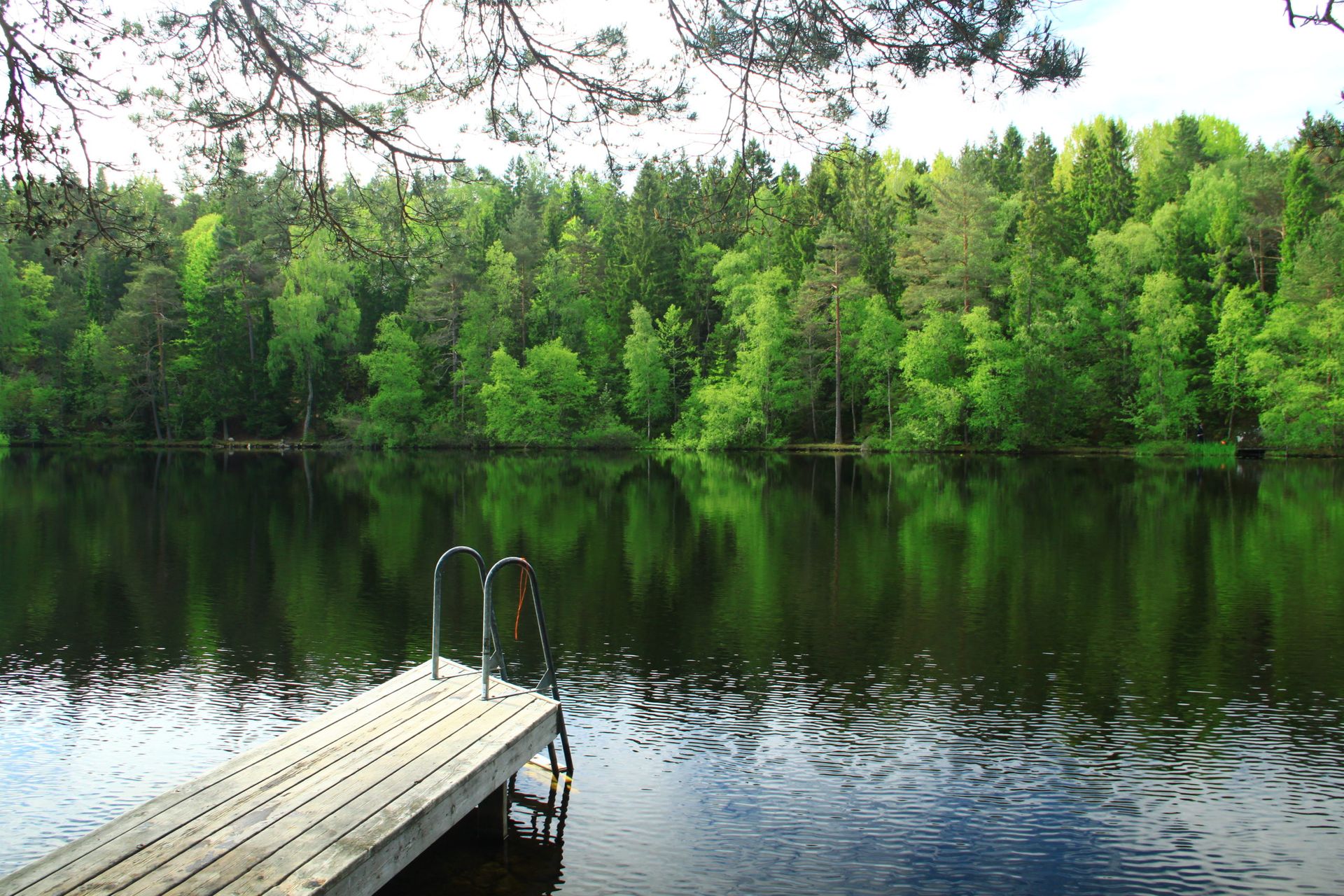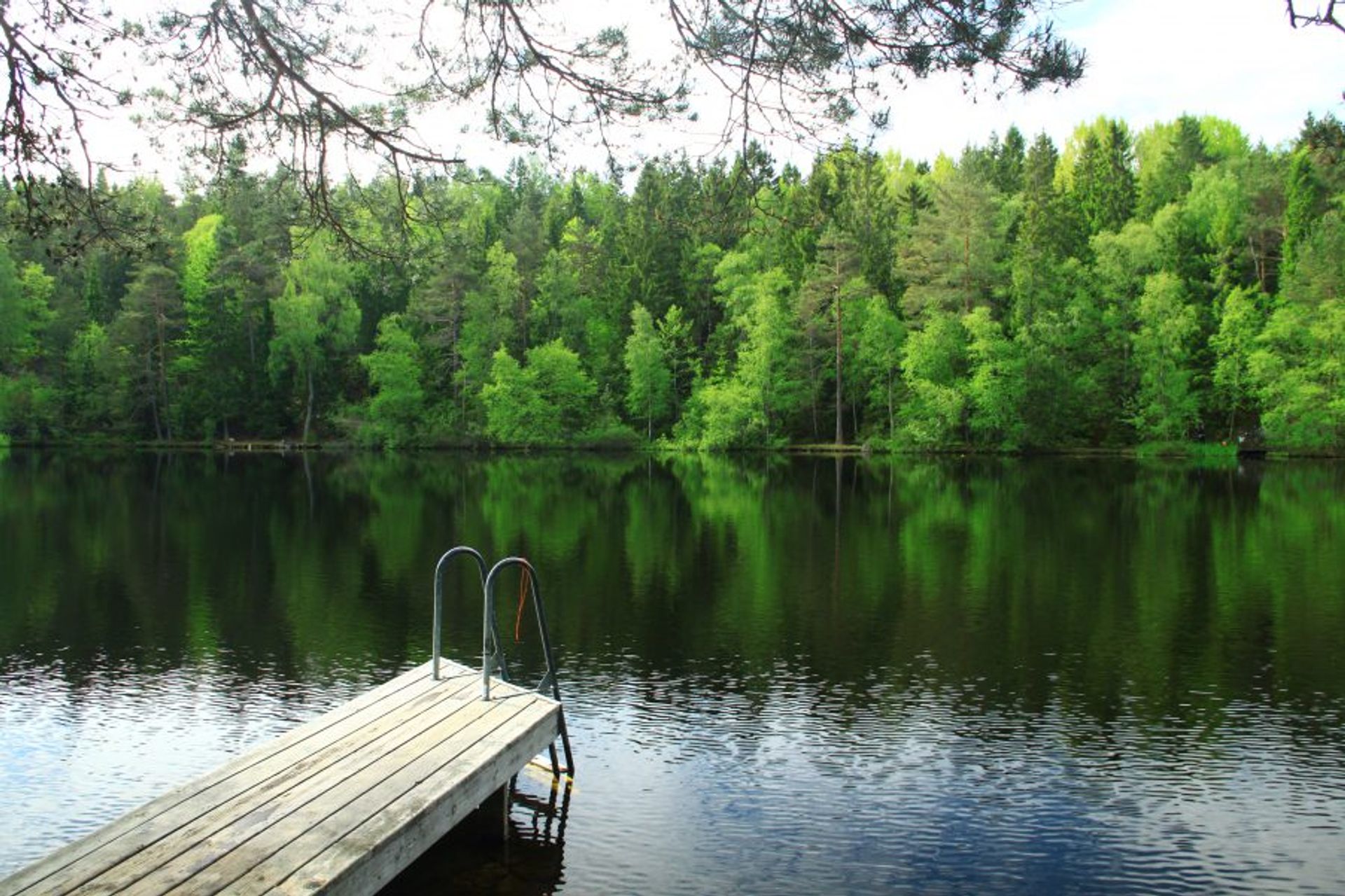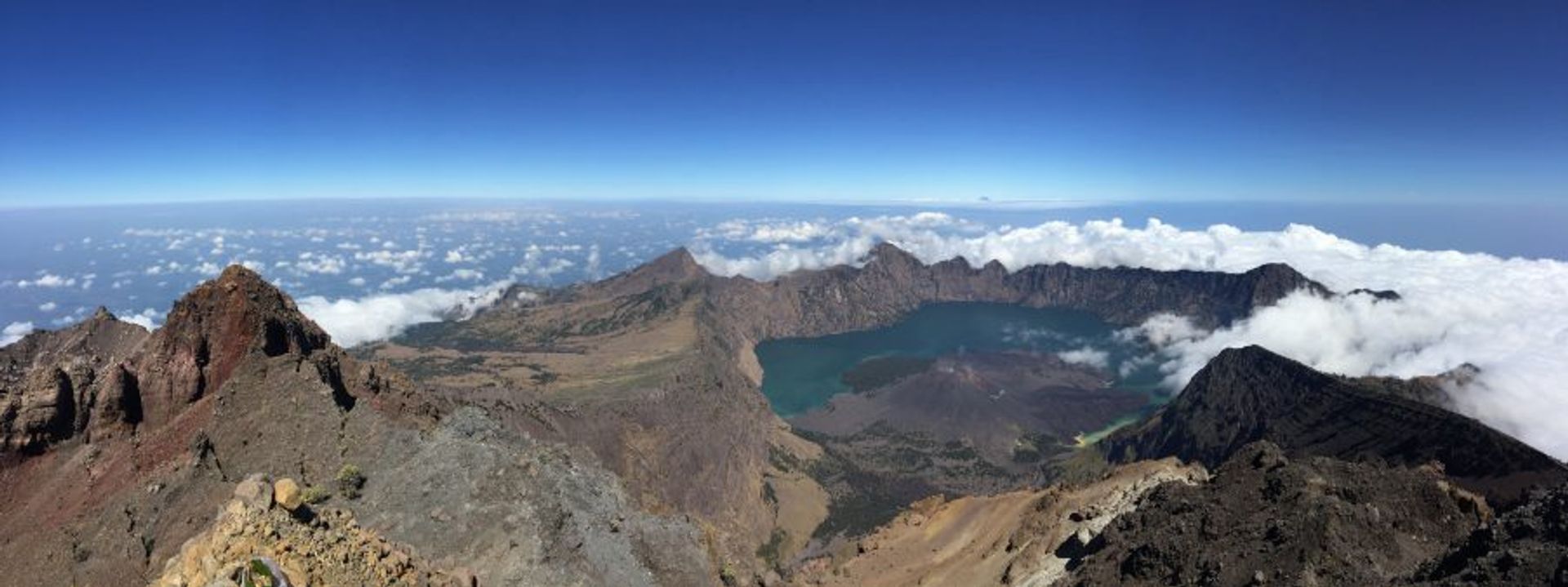
Written by Satu
24 Jul 2017
This month is summer in Sweden and people go to the forest even more often. The lake is warm enough to swim and that is a good additional feature of the forest. Nature in Sweden is beautiful, but comparing it with Indonesian forest, there are quite a difference. Friends sometimes asked me about, so let’s list it down. Everything I wrote here is based on my experience, and it might vary for people living in Stockholm and Indonesia.
- Seasonal feature vs all season
Sweden is a four seasons country, so it is expected to see big difference when you go to the nature in different season. Trees in Autumn will be colorful, while during winter the forest will turn all-white. If you ask me which season is the best to visit the forest, I would definitely say: every season. It is worth it. Did I mention that will be very cold during winter? Don’t forget to dress properly 🙂
While Indonesia consist only rainy and dry seasons. We Indonesian used to be able to tell which months will be rainy and which months is dry, but these days it’s a bit difficult to tell. Anyway, both season is good for trekking in the forest in Indonesia, though during rainy season, the tracks is a bit slippery.

- Mild vs heavy rain
In Stockholm, I rarely expressed “Whoa, heavy rain!”. Based on my experience, the rain is always mild and you can just walk in it without umbrella. Trees in the forest will take care of them while you walk. Nothing to worry about. As for the snow, well, it is a different story. The snow shower can be heavy, though you can still walk on it.
Indonesian rain? The opposite: never so mild. It can change from cloudy to heavy rain in 10 seconds. Raincoat and good boots is always advised when you get in the forest.
- Invisible animal vs company everywhere
I kind of like and dislike the quiet of Swedish forest. Sometimes we like to see hare, birds, squirrel, or even deer. Definitely not bear and moose (yes, they exist in Swedish forest). But it is a bit difficult to spot them even if you went to national park that is far from the city. I think it is due the temperature. During summer, it’s moderately easy to see more animals, including the annoying one like flies and mosquito. For mosquito, I am super happy that they are only around during summer. Even today (summer), I still did not see them.
Indonesian forest is on the contrary again. “You never walk alone” will be appropriate here. Birds are easy to spot. Butterflies are easy to spot. Monkeys. Including the not-so-cute families like snakes, caterpillar, and mosquitoes (way faster and more difficult to kill, compare to Swedish mosquito). If you camp and spend the night, you probably hear owl or tiger’s voice.
- Drinkable vs not-drinkable water
Water in the lakes and river in Sweden is very clean. Make me feel safe with the unlimited drinks wherever I walk. While in Indonesia, it is not advised to drink water from the lakes or rivers. However, sometimes we can find open pipe on the side of the path (mountain water to be transferred to villages) and I drink that sometimes.
- Swim-able lakes vs swim-able waterfalls
There are not that many waterfalls in Sweden. At least, not the big one, nor if you compare it with amounts of waterfalls in Indonesia. Sweden have more lakes and these lakes are swim-able. Except if it is located in the highland and become source for people (you will see sign). Oh, these lakes got very cold after summer and even got frozen during winter. So, we only got like 2 months top, to swim in the lakes in Sweden.
Indonesia’s lakes are seldom swim-able. Sometimes they are used as hydro power plants. Most of the time they are not that clean. But, the waterfalls are easy to find. And they are mostly swim-able. All year around.

- Clean vs not super clean
A bit embarrassing to write about this. But it is fact and I encourage everyone to change this to the better.
Swedish forest’s cleanliness? Not a problem. The national parks have people taking care of this, but I doubt they really have to pick trash on the ground. People (kids, youth, old) have this value in their blood, to never leave trash on the ground and put them in the proper trash can (separated by their kind, for recycling purpose).
Indonesian forests? We still have long way to go for this matter. There is this video about “How to find trails in the forest in Indonesia? Follow the trash footprint.” I am guilty as charged. Uneducated parents still tell the kids that it is okay to throw trash on the ground, because someone will pick it up and clean it, that it is their work, so that is fine. Hopefully, this will be changed soon!

- Well-marked trails in Swedish forest
The national park in Sweden, not only they have well-marked paths, there are also number of paths we can choose. The path usually color-marked. There will be good sign in every cross-road, including the length to reach certain area. Cabins are also available in bigger national park. Half of them are free. If it is full, we are welcome to sleep on the wooden floor (with our sleeping bag).
Indonesian forests have not got that advance yet. There are marks on the trail but most of the time it is not obvious. If we are not careful enough, we might get lost. But if we are not in a very remote forest, we will see people while we walk.

- Medium hills vs very tall mountains
When a friend asked me about the comparison of Swedish and Norwegian landscape, I always say, “Swedish landscape is just like Norwegian’s, except there are no mountains in Sweden”. North side Sweden have these mountains, though they are not that high. The highest peak in Sweden, according to Wikipedia, is 2104m (a mountain called Kebnekaise).
Indonesia is known for its volcano and high mountain. Making the landscape (forest included) is difficult to track. The 10 highest mountain in Indonesia (Gunung Slamet) easily defeat Swedish peak with its peak of 3428m. The highest is called Puncak Jaya (located in Papua) with its 4884m high.

- Free vs paid entrance
One of the best feature of Swedish nature: Allemansrätten. Literal translation would be “Everyone’s right”. It means everyone can access the nature at all times, everywhere in Sweden. Including camp anywhere as long as it is not a privately-owned land. This also means all nature reservation and national parks are free to enter.
Indonesia requires visitor to pay a bit of entrance fee to enter a national park. For some of the most famous national park, the price is even felt a bit too much. For example, Komodo National Park entrance costs IDR225,000 (or USD15). However, the fee includes a ranger to walk with you in the national park. As Komodo dragon roams around and can be dangerous if visitor walk around freely.

Conclusion
Difference is wonderful. You get something good out of one, and another good thing from another. I will not try to win one, this time. This article is just for people to be able to know what it looks like in Sweden (where I study) and in Indonesia (where I am from). Probably to learn from them too. I like nature. If I go back after the study, I will do what I can to improve Indonesian forests as much as I can.
What do you think of this comparison?





